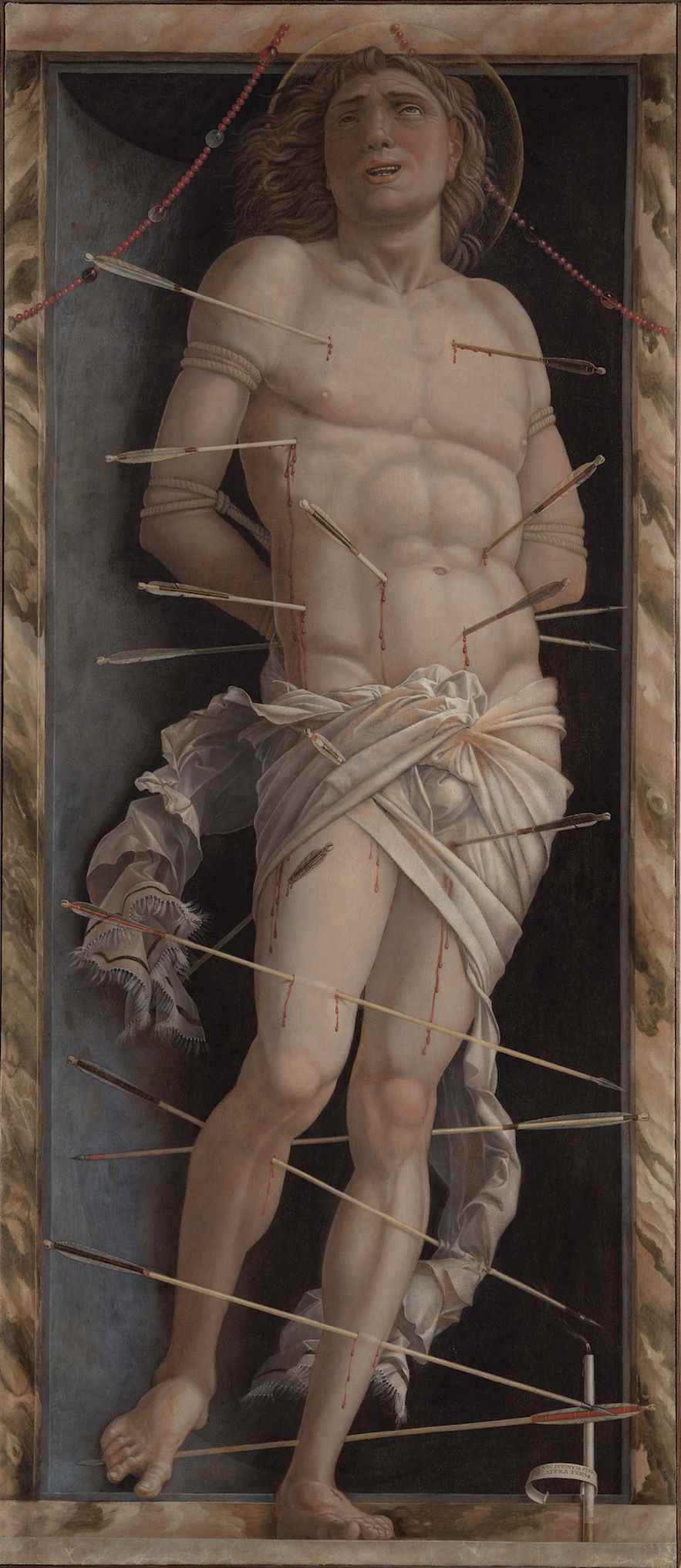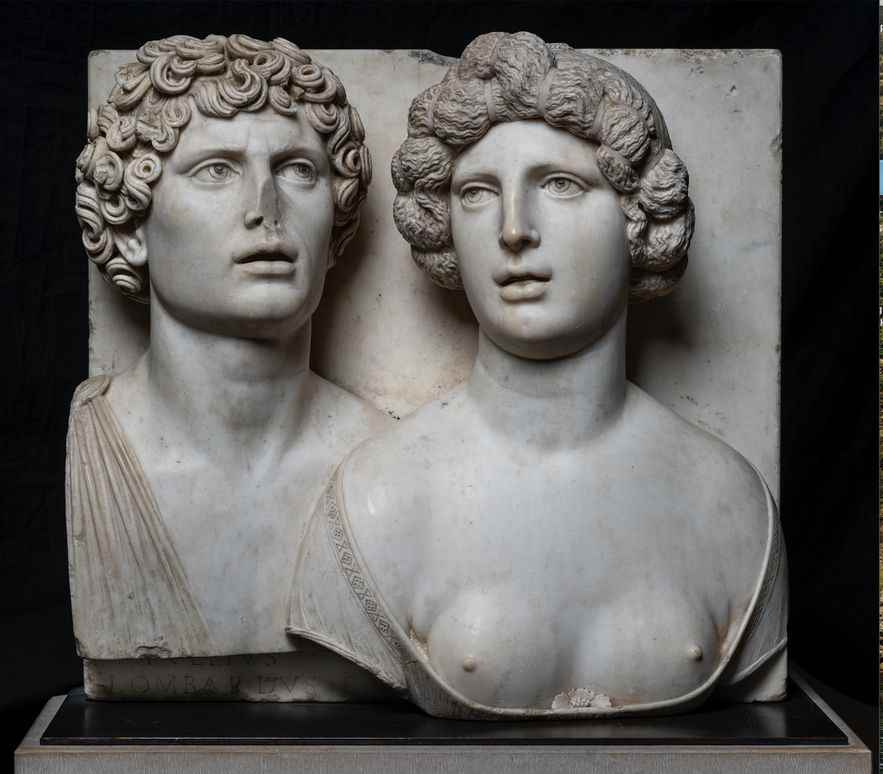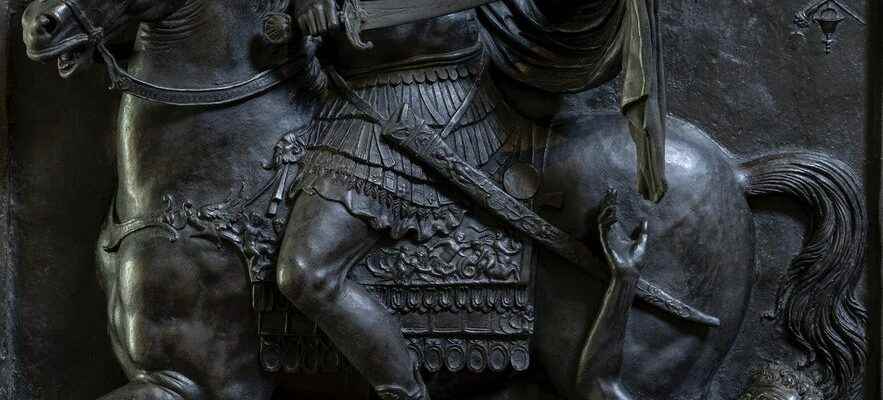The exhibition, as “chic” as it is, is not insignificant. It allows you to discover in France masterpieces of painting, sculpture, bronze and numismatics during the Renaissance. The hosts ? The Al Thani collection which receives at the Hôtel de la Marine, place de la Concorde, in Paris, that of the Ca’ d’Oro (“golden house”, so named because of the gilding adorning its 15th century facade ). A collection put together at the beginning of the 20th century by Giorgio Franchetti (1865-1922), the ultimate private owner of this Venetian palace, one of the most beautiful on the banks of the Grand Canal, which he then bequeathed to the State Italian. Partially closed for renovations, the Ca’ d’Oro takes its treasures on a journey. This is how these masterpieces are gathered together in the French capital today (until March 26), under the leadership of Philippe Malgouyres, chief curator in the department of works of art at the Louvre.
The greatest Renaissance artists active in Venice and the surrounding area are there: medals by Pisanello and Gentile Bellini, paintings by Tintoretto, Paris Bordon and Titian, marbles by Tullio Lombardo, Bartolomeo Bergamasco, Jacopo Sansovino and Alessandro Vittoria, bronzes by Bartolomeo Bellano, Vittore Camelio or Andrea Riccio.
Andrea Riccio (1470-1532), “Saint Martin” (bronze, black patina).
/ © Venice, Galleria Giorgio Franchetti alla Ca’ d’Oro, Direzione regionale Musei Veneto – Authorization Ministero della Cultura / Photo Matteo De Fina
At the culmination of the journey, we discover a focus on the San Sebastian by Andrea Mantegna: the latest opus by the artist, who has left the banks of the Grand Canal for the first time in more than a century to reach the Place de la Concorde. Mantegna (1431-1506) was a singular character, the son of a modest carpenter-joiner, who committed his first feats of arms in Padua, tasting everything, from Antiquity to drawing, passing by painting, which put him among his peers in the “strange” category. He ended his life as court painter in Mantua, where he composed the third version, much more refined and pessimistic than the previous ones, of his San Sebastian preserved in Venice.

Andrea Mantegna, “Saint Sebastian” (tempera on canvas).
/ © Venice, Galleria Giorgio Franchetti alla Ca’ d’Oro, Direzione regionale Musei Veneto – Authorization Ministero della Cultura / Photo Matteo De Fina
The size of this final painting, found in his studio when he died, is substantial: 2.13 meters high! The saint is riddled with arrows to which the flickering candle responds, surrounded by a motto in Latin: “Nothing is permanent, except the divine. The rest is smoke.” Initially intended for one of his high-ranking protectors of the city, the work was finally put up for sale by his heirs. In the 16th century, the painting fell into the lap of Cardinal Pietro Bembo. Much later, it will become the most important piece acquired by Baron Franchetti and, specifies Philippe Malgouyres, “the first installed at the Ca’ d’Oro still under restoration, in a chapel covered with precious marbles, built to accommodate it. “.

Tullio Lombardo, “Double Portrait” (marble).
/ © Venice, Galleria Giorgio Franchetti alla Ca’ d’Oro, Direzione regionale Musei Veneto – Authorization Ministero della Cultura / Photo Matteo De Fina
Marble also has a place of choice in the exhibition, which it closes in a masterly fashion. From the Renaissance to the beginnings of the Baroque, these are achievements that “testify to the quest for naturalness brought by Venetian sculptors to the tradition of antique portraiture, following the experiments of Florentine artists in the second half of the 15th century. “, underlines the commissioner. Like this Dual-Portrait by Tullio Lombardo (1455-1532) representing two young people “seized in the moment of an emotion”. The work retains a part of mystery, perfectly illustrating these innovations of the time, inherited from Michelangelo, which give pride of place to the rendering of expression.
